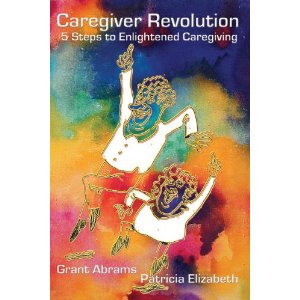The Fundamental Teachings Summarized from W.Y. Evans-Wentz introduction Section XII of The Tibetan Book of the Dead

“…we may now summarize the chief teachings upon which the whole of the Bardo Thodol is based as follows:
- That all possible conditions, or states, or realms of sangsaric existence, heavens, hells, and worlds, are entirely dependent upon phenomena, or, in other words, are naught but phenomena;
- That all phenomena are transitory, are illusionary, are unreal, and non-existent save in the sangsaric mind perceiving them;
- That in reality there are no such beings anywhere as gods, or demons, or spirits, or sentient creatures – all alike being phenomena dependent on cause;
- That this cause is a yearning or thirsting after sensation, after the unstable sangsaric existence;
- That so long as this cause is not overcome by Enlightenment death follows birth and birth death, unceasingly – even as the wise Socrates believed;
- That the after-death existence is but a continuation, under changed conditions, of the phenomena-born existence of the human world – both states being karmic;
- That the nature of the existence intervening between death and rebirth in this or any other world is determined by antecedent actions;
- That psychologically speaking, it is a prolonged dreamlike state, in what may be called the fourth dimension of space, filled with hallucinatory visions directly resultant from the mental-content of the percipient, happy and heaven-like, if the Karma be good, miserable and hell-like if the Karma be bad;
- That Enlightenment results from realizing the unreality of the sangsara of existence;
- That unless Enlightenment be won, rebirth in the human world, directly from the Bardo-world or from any other world or from any paradise or hell to which Karma has led, is inevitable;
- That such realizing is possible in the human world, or at the important moment of death in the human world, or during the whole of the after-death or Bardo-state, or in certain of the non-human realms;
- That training in yoga, i.e. in control of the thinking processes so as to be able to concentrate the mind in an effort to reach Right Knowledge, is essential;
- That such training can best be had under a human guru or teacher;
- That the Greatest of Gurus known to mankind in this cycle of time is Gautama the Buddha;
- That His Doctrine is not unique, but is the same Doctrine which has been proclaimed in the human world for the gaining of Salvation, for the Deliverance from the Circle of Rebirth and Death, for the Crossing of the Ocean of Sangsara, for the Realization of Nirvana, since immemorial time, by a long and illustrious Dynasty of Buddhas, who were Gautama’s predecessors;
- That lesser spiritually enlightened beings, Bodhisattvas and gurus, in this world or in other worlds, though still not freed from the Net of Illusion, can, nevertheless, bestow divine grace and power upon the skishya (i.e. the chela or disciple) who is less advanced upon the Path than themselves;
- That the Goal is and can only be Emancipation from Sangsara;
- That such Emancipation comes from the Realization of Nirvana;
- That nirvana is non-sangsaric, being beyond all paradises, heavens, hells, and worlds;
- That it is the Ending of Sorrow;
- That it is Reality. “


